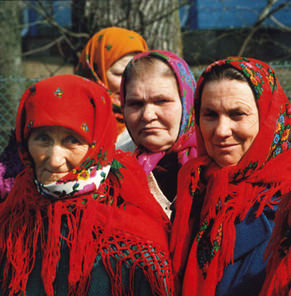Recent publications
Ethical Aspects of Radiological Protection
- Details
- Category: Communications
- Published: Tuesday, 18 March 2014 15:25
LOCHARD J.
Oral Presentation at the Phoenix Leader Education Program, International Symposium, Hiroshima, Japan, 15-16 February 2014
Abstract
The system of radiological protection is based on three pillars: science, ethical and social values, and experience. As far as ethics is concerned the fundamental principles structuring the system (justification, optimisation and limitation) combines values that are at the heart of the three major theories of moral philosophy: respect for the rights of the individual (which falls within deontological ethics), the pursuit of collective interest (which falls within utilitarian ethics), and the promotion of vigilance and fairness (which falls within the ethics of virtue).
Two key values underlie the radiation protection system: prudence and justice. Prudence (in modern terms 'precautionary principle') is the cornerstone of the system that allows taking into account uncertainties concerning both deterministic and stochastic effects of radiation on health. Prudence has a very long and universal ethical tradition in Western countries, but also in the Buddhist and Confucianism traditions as well as the ancient people of Oceania and America. Justice is the way to ensure social equity and fairness in decisions related to protection within the present generation, but also with respect to future generations (intergenerational equity). This promotion of social justice and equity is mainly undertaken in practice by introducing restrictions on individual exposures in the system of radiological protection.
Over the past decade the system has also integrated procedural values such as, stakeholder involvement, right to know, informed consent and self-help protection, reflecting the importance to properly inform and also preserve the autonomy and dignity of persons potentially or actually exposed to radiation.
More recently the human dimension of the Fukushima accident has clearly highlighted the importance of relying on the ethical values that underpin the system to implement in a respectful manner the protection of persons in the affected territories.

 CEPN is a non-profit organisation created in 1976 to establish a research and development centre in the fields of optimisation of radiological protection and comparison of health and environmental risks associated with energy systems.
CEPN is a non-profit organisation created in 1976 to establish a research and development centre in the fields of optimisation of radiological protection and comparison of health and environmental risks associated with energy systems.
